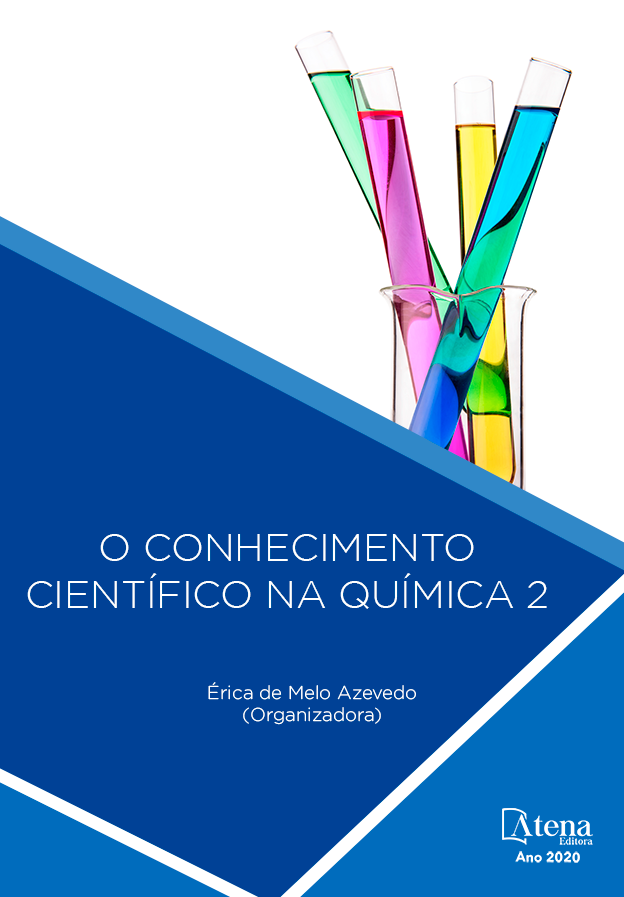
O SÉCULO XX E UMA NOVA DIMENSÃO DAS ATIVIDADES CIENTÍFICAS NO BRASIL POUCO INSERIDAS NOS CONTEXTO DIDATICO DOS LIVROS
O presente trabalho abordou fatos da realidade. A partir da tendência realista do século XX. Citando alguns progressos do século antecessor ao XX foi um período caracterizado pelo avanço da ciência moderna, que provocou mudanças radicais na sociedade. Tem-se a inclusão dos conhecimentos científicos naturais no mundo. Nesse sentido, começou a ter propostas e discussões mais realistas das atividades científicas no Brasil. Ela surgiu derivada de uma razão política imperativa: com a chegada da Corte portuguesa no país, abriram-se os portos e a proibição de imprimir foi suspensa. Pouco depois, surgiu ás primeiras instituições de ensino superior como a Academia Real Militar (1810) e o Museu Nacional (1818). A partir da década de 1980, foi empreendido um processo de renovação historiográfica na História das Ciências no Brasil. O principal objetivo do deste trabalho e inserção de atividades cientificas no contexto didático principalmente nos livros didáticos destacamos a ausência da divulgação cientifica no Brasil. Destacamos em nossa pesquisa Ícone da ciência brasileira Suzana Herculano-Houzel (1972). Entendemos que a dimensão científica no Brasil avançou em 500 anos. Porém necessidade de se criar em nosso país perspectivas de divulgação científica tendo como publico alvo a educação básica.
O SÉCULO XX E UMA NOVA DIMENSÃO DAS ATIVIDADES CIENTÍFICAS NO BRASIL POUCO INSERIDAS NOS CONTEXTO DIDATICO DOS LIVROS
-
DOI: 10.22533/at.ed.6312020117
-
Palavras-chave: Atividades; Científicas; Didático; Século XX.
-
Keywords: Activities; Scientific; Didactic; 20th century
-
Abstract:
This article addressed facts of reality. From the realistic trend of the 20th century there is the inclusion of natural scientific knowledge in the world. In this sense, it began to have more realistic proposals and discussions of scientific activities in Brazil. It arose from an imperative political reason: with the arrival of the Portuguese Court in the country, ports opened and the ban on printing was lifted. Shortly thereafter, the first higher education institutions such as the Royal Military Academy (1810) and the National Museum (1818) emerged. From the 1980s, a process of historiographical renewal in the History of Sciences in Brazil was undertaken. The main objective of this article and the insertion of scientific activities in the didactic, in textbooks, we highlight the absence of scientific dissemination in Brazil. We stand out in our research icon of Brazilian science Suzana Herculano-Houzel (1972). We understand that the scientific dimension in Brazil has advanced in 500 years. However, there is a need to create perspectives for scientific dissemination in our country, targeting high school and technical education.
-
Número de páginas: 9
- Alcione de Nazaré Dias Silva
- DEBORA DA CRUZ ARRUDA


